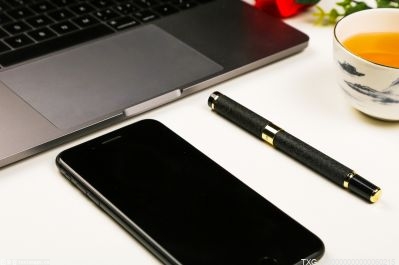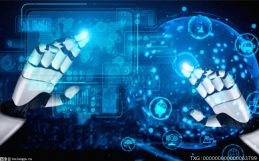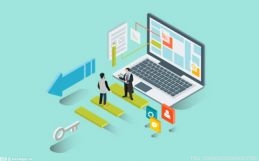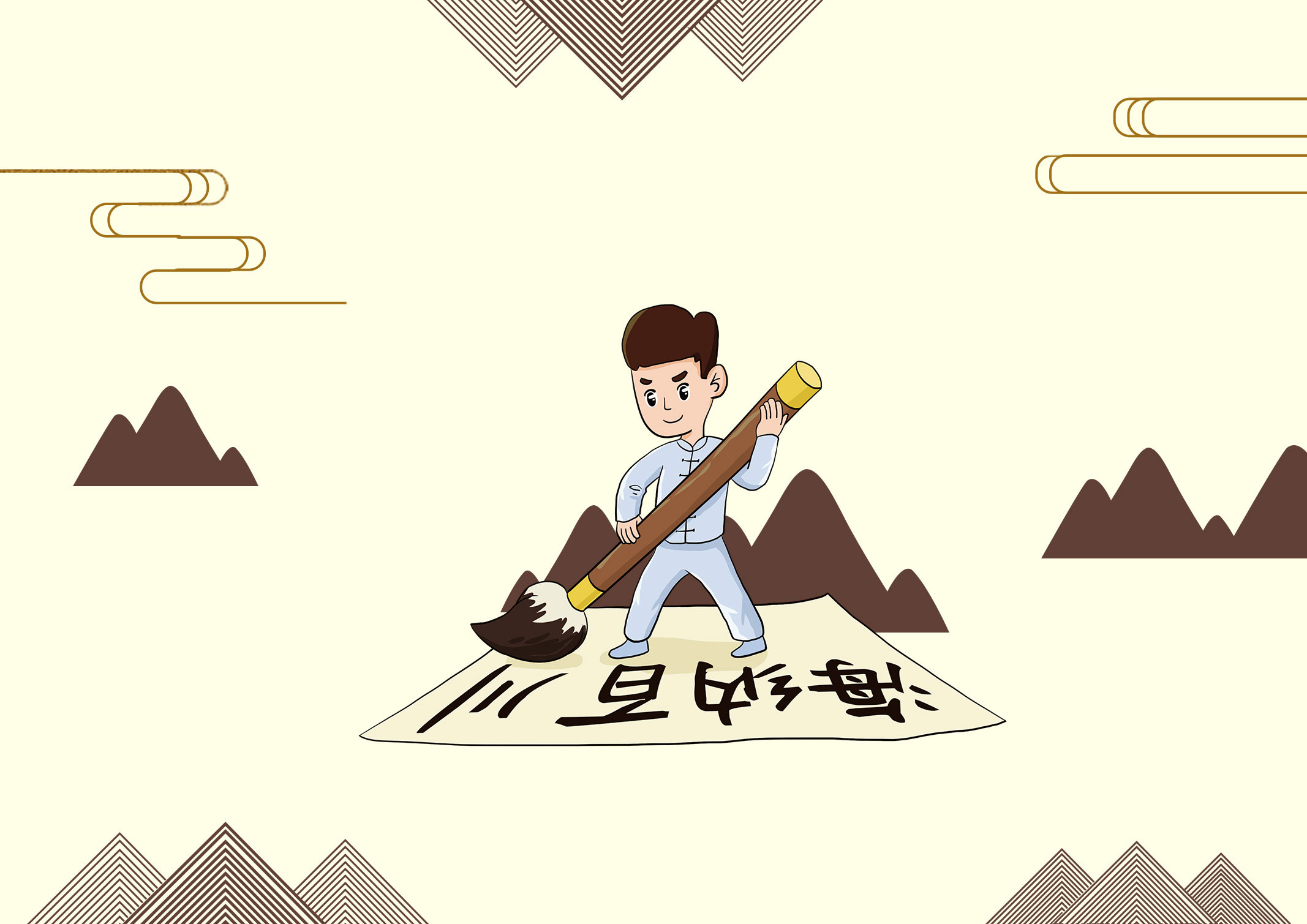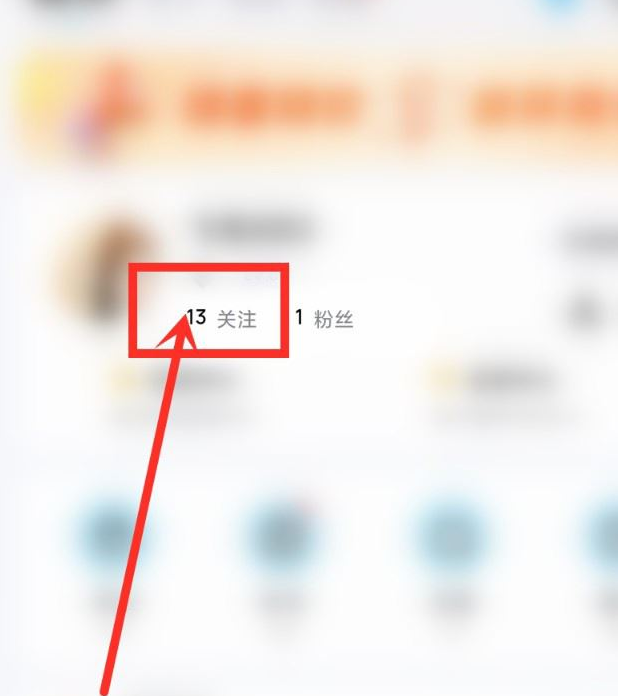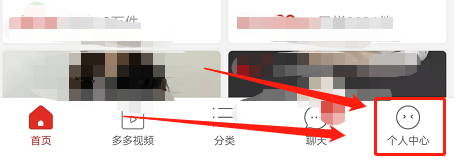前端(vue)入门到精通课程,老师在线辅导:联系老师Apipost = Postman + Swagger + Mock + Jmeter 超好用的API调试工具:点击使用
 (资料图片)
(资料图片)
基本使用
用 Angular 提供的 HttpClient 可以很轻松的实现 API 接口的访问。【相关教程推荐:《angular教程》】
举个例子 新建一个 http.service.ts可以在 environment中配置不同环境的 host 地址
再贴一下 proxy.config.json第一章中有介绍到
{ "/api": { "target": "http://124.223.71.181", "secure": true, "logLevel": "debug", "changeOrigin": true, "headers": { "Origin": "http://124.223.71.181" } }}登录后复制import { HttpClient } from "@angular/common/http";import { Injectable } from "@angular/core";import { environment } from "@env";@Injectable({ providedIn: "root" })export class HttpService { constructor(private http: HttpClient) {} public echoCode(method: "get" | "post" | "delete" | "put" | "patch" = "get", params: { code: number }) { switch (method) { case "get": case "delete": return this.http[method](`${environment.backend}/echo-code`, { params }); case "patch": case "put": case "post": return this.http[method](`${environment.backend}/echo-code`, params); } }}登录后复制然后在业务中 我们就可以这样使用
import { Component, OnInit } from "@angular/core";import { HttpService } from "./http.service";@Component({ selector: "http", standalone: true, templateUrl: "./http.component.html",})export class HttpComponent implements OnInit { constructor(private http: HttpService) {} ngOnInit(): void { this.http.echoCode("get", { code: 200 }).subscribe(console.log); this.http.echoCode("post", { code: 200 }).subscribe(console.log); this.http.echoCode("delete", { code: 301 }).subscribe(console.log); this.http.echoCode("put", { code: 403 }).subscribe(console.log); this.http.echoCode("patch", { code: 500 }).subscribe(console.log); }}登录后复制这看起来非常简单 类似 Axios
下面介绍一下一些常用的用法
错误处理
this.http .echoCode("get", { code: 200 }) .pipe(catchError((err: HttpErrorResponse) => of(err))) .subscribe((x) => { if (x instanceof HttpErrorResponse) { // do something } else { // do something } });登录后复制请求拦截
请求拦截是比较常用的
例如 你可以在这里判断 cookie 是否有效 / 全局错误处理 ...
新建 http-interceptor.ts文件 ( 文件名可以随意 )
最主要的是要实现 HttpInterceptor的 intercept方法
import { HttpInterceptor, HttpRequest, HttpHandler, HttpResponse, HttpErrorResponse } from "@angular/common/http";import { Injectable } from "@angular/core";import { Observable, of, throwError } from "rxjs";import { filter, catchError } from "rxjs/operators";import { HttpEvent } from "@angular/common/http";@Injectable()export class HttpInterceptorService implements HttpInterceptor { constructor() {} intercept(req: HttpRequest, next: HttpHandler): Observable> { return next .handle(req) .pipe(filter((event) => event instanceof HttpResponse)) .pipe( catchError((error) => { console.log("catch error", error); return of(error); }) ); }} 登录后复制然后在 module 中的 providers 中使用 这个拦截器就生效了
@NgModule({ imports: [RouterModule.forChild(routes)], exports: [RouterModule], providers: [ { provide: HTTP_INTERCEPTORS, useClass: HttpInterceptorService, multi: true, }, ],})export class XXXModule {}登录后复制更多编程相关知识,请访问:编程教学!!
以上就是Angular学习之聊聊Http ( 错误处理 / 请求拦截 )的详细内容,更多请关注php中文网其它相关文章!

